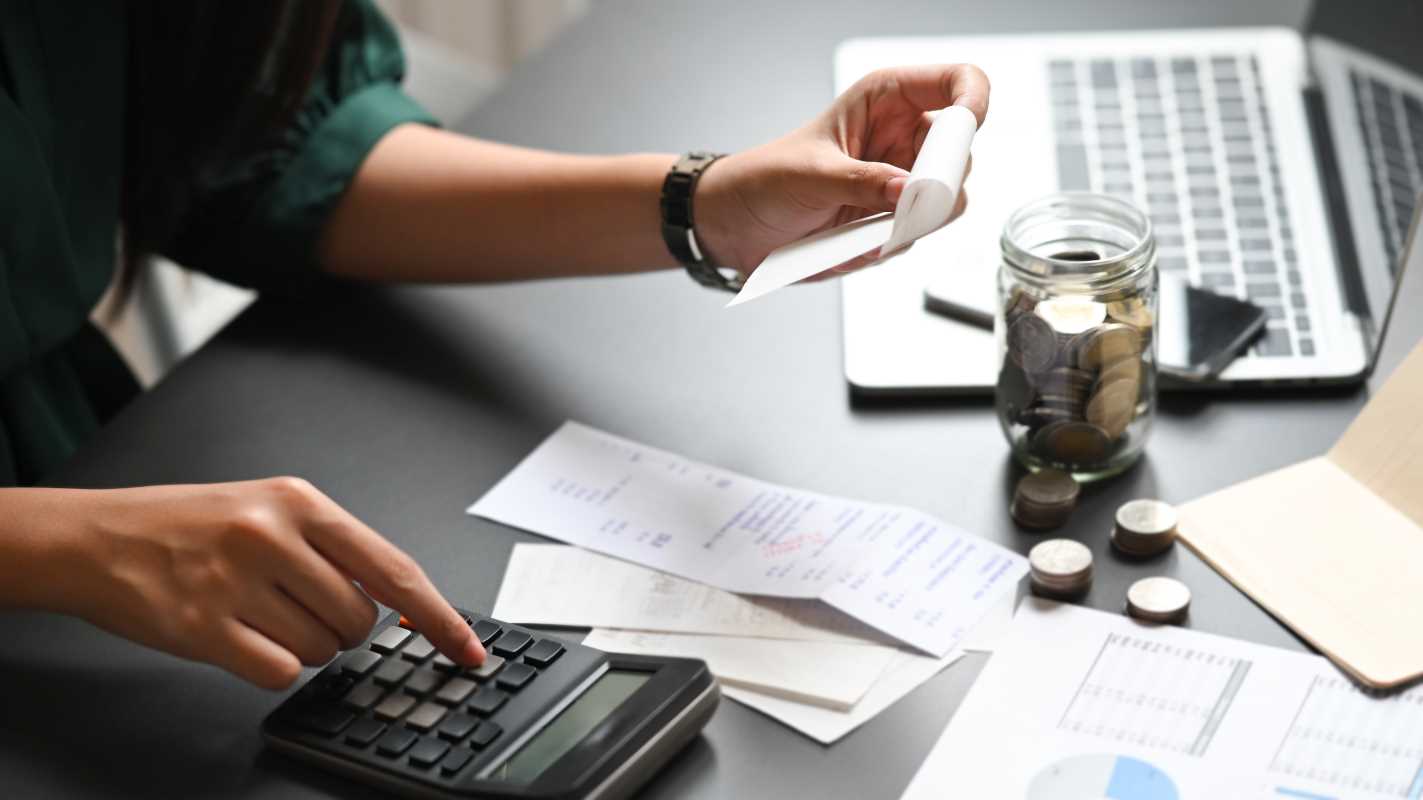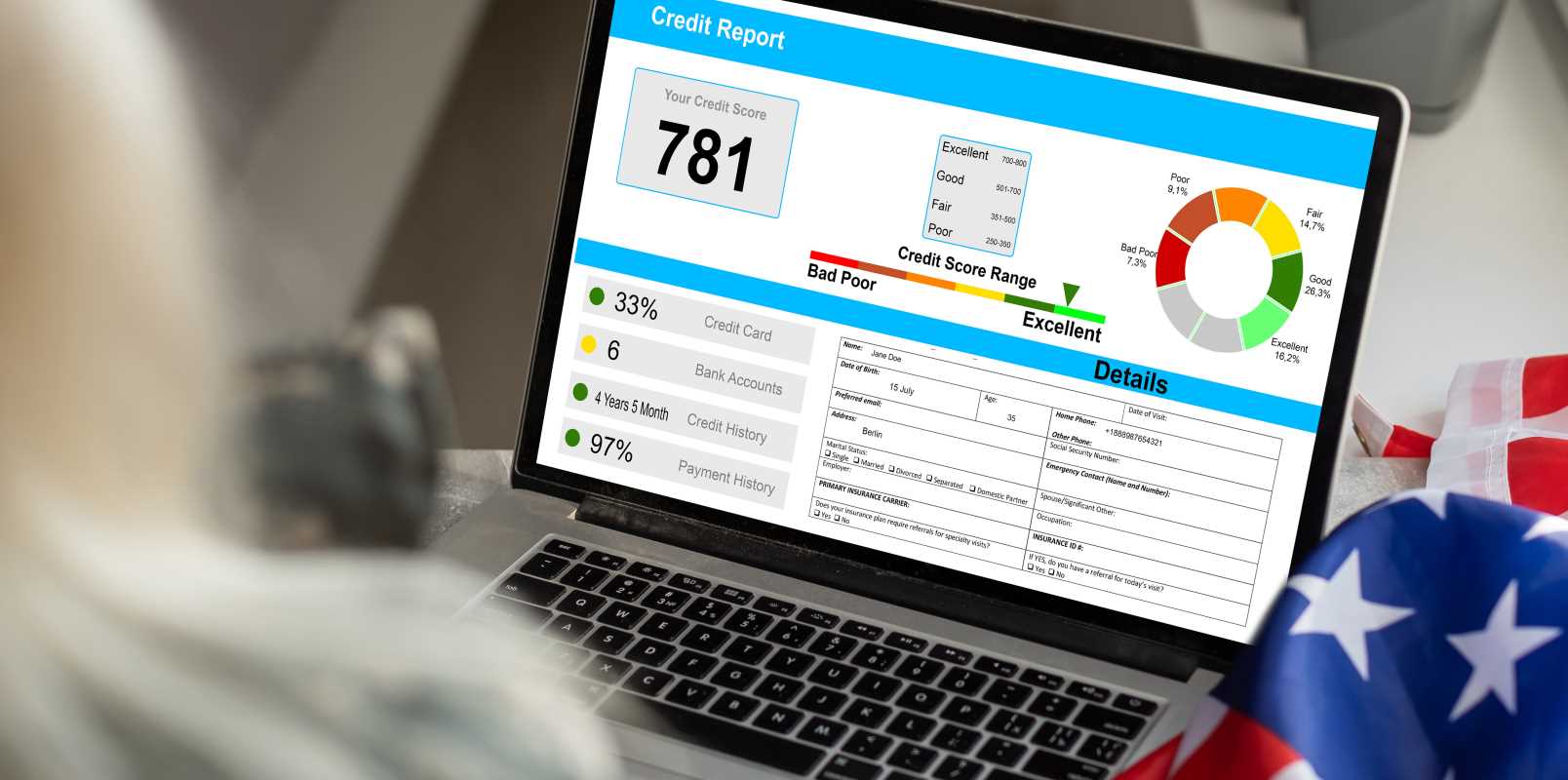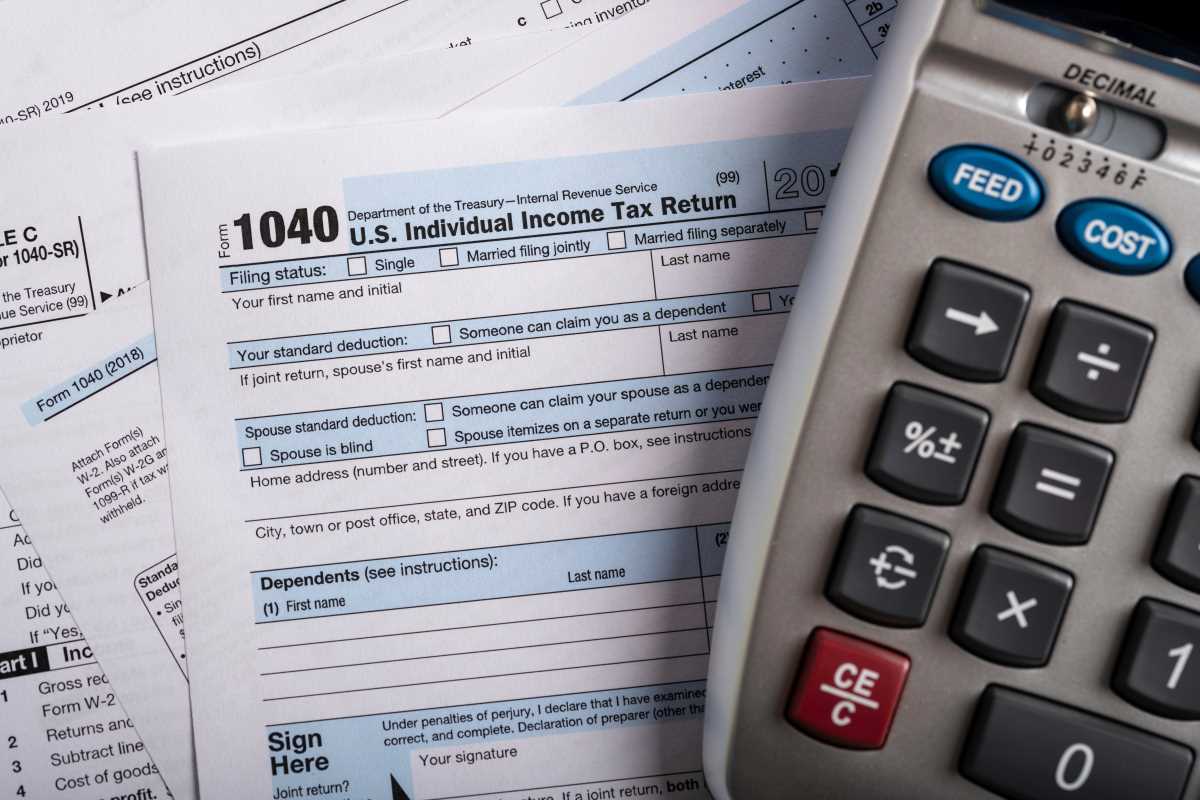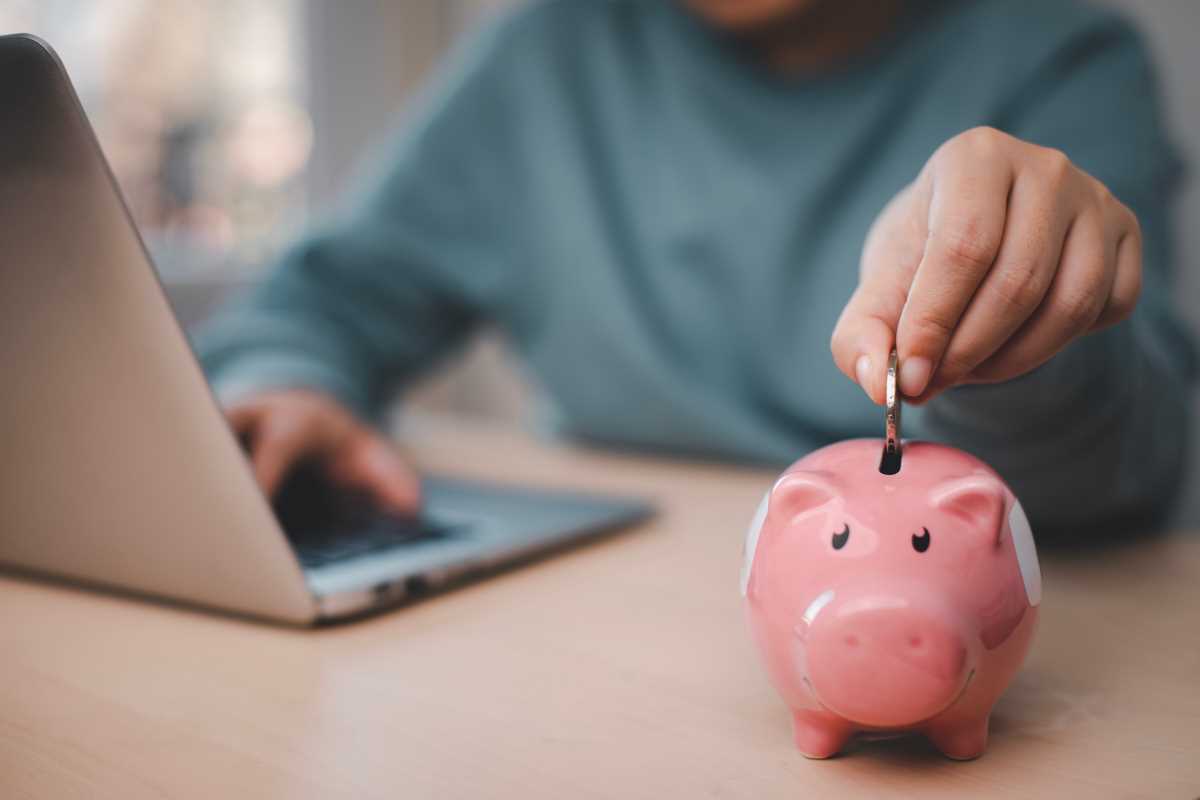Setting aside money for an emergency fund gives you a financial cushion when surprise expenses come up, and you can begin this process with small, manageable steps. By putting away a little at a time, you can avoid falling into debt during difficult moments and gain peace of mind knowing you have a backup plan. An emergency fund also lets you make decisions more confidently if an unexpected bill appears, freeing you from worry and stress. You do not need to overhaul your entire lifestyle; a consistent effort, even with modest contributions, can help you build this reserve over time while still enjoying your everyday life.
Starting small today can lead to significant gains tomorrow. With some planning and clever budgeting, you can secure your future without giving up the small pleasures of life you enjoy now.
Step 1: Set a Realistic Savings Goal
Deciding on a target sum for your emergency fund is a vital first step. Think about what unexpected events might cost you, such as car repairs or a medical bill, and choose a figure that feels both challenging and within reach. Begin by calculating your monthly expenses on basic needs and multiply that by the number of months you want to cover. Keep things simple and adaptable.
When setting your savings goal, consider both short-term and long-term aims. For example, you might start with a smaller cushion and plan to increase it over time. Keep these key points in mind:
- Estimate your regular monthly expenses to establish a baseline.
- Review past emergencies to estimate potential costs.
- Implement a gradual increase—start modestly, then keep at it.
Step 2: Track and Understand Your Spending
Before saving effectively, you need to know exactly where your money goes. Begin by writing down your expenses for a month. This step lays the foundation for smarter spending. Recognizing your patterns helps you identify wasteful habits and make small adjustments along the way.
Follow these steps to monitor your spending habits carefully:
- Select a simple tool such as a budgeting app, a spreadsheet, or your bank’s expense tracker to start tracking your cash flow.
- Record every purchase, from your morning coffee to rent and monthly subscriptions.
- Review your list at the end of each week to see where you can adjust your habits.
Step 3: Automate Your Savings
Automation saves you time when it comes to sticking with your emergency fund plan. Set up regular transfers so that saving becomes a non-negotiable part of your routine. The idea is to keep the money out of sight and out of mind. Arrange for your bank to automatically transfer a fixed amount from your checking account to a dedicated savings account shortly after you get paid.
Automating this process helps you develop the habit of saving and keeps you on track even during busy times. A helpful trick is to choose an amount that feels like a small treat rather than a restriction; this way, saving becomes a positive act instead of a burdensome chore.
Step 4: Cut Costs Without Sacrificing Fun
You might think saving requires giving up social outings or hobbies, but it doesn’t have to. Instead, swap expensive habits for more affordable options. Look for small changes that free up extra cash without diminishing your lifestyle. This mindful approach allows you to enjoy every moment while still adding to your emergency savings.
Here are some enjoyable ideas to stay lively and keep costs down:
- Visit local parks, free community events, or neighborhood meetups instead of costly dinners out.
- Organize potluck get-togethers with friends instead of dining out.
- Replace high-priced subscriptions with more affordable or shared ones.
Step 5: Find New Ways to Increase Your Income
Adding to your income makes it easier to build your emergency fund. Think about any skills or hobbies you have and see how they could earn you extra money. Whether you try freelancing, offer tutoring, or pick up a part-time job, finding another source of income gives you flexibility for daily expenses and savings. Focus on opportunities that fit your schedule so you can pursue them without too much stress.
Ask yourself these questions: Is there a service or talent you can offer? What do you enjoy doing enough to make some extra money? By balancing additional work and leisure, you might uncover talents and passions that make your daily life richer while helping you build wealth and experience.
Step 6: Celebrate Achievements and Keep Your Motivation High
Taking time to recognize your progress makes the process of building an emergency fund more enjoyable. Small rewards, even simple pleasures, remind you of your commitment to yourself. Celebrate every milestone, no matter how small, because each step moves you closer to your safety net.
Here are some ideas to keep your spirits high along the way:
- Set mini-goals and celebrate reaching them with a low-cost treat or a fun night at home.
- Create a visible savings tracker to watch your progress grow.
- Share your milestones with close friends or family for extra encouragement and support.
Turning saving into a mindful, goal-focused journey makes it more rewarding and sustainable. Small, consistent steps build financial confidence and prepare you for the unexpected. Celebrate your progress and let your growing emergency fund reflect your commitment and smart choices.
 (Image via
(Image via





